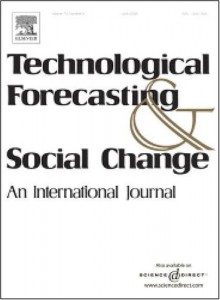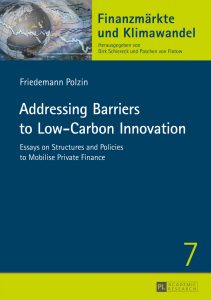Our paper Do investors and entrepreneurs match? – Evidence from the Netherlands and Sweden has been accepted for publication at TFSC!
 Abstract: Entrepreneurs and investors face challenges in the ‘thin market’ for early stage entrepreneurial finance. Improving this situation has been a priority of policy makers for at least a decade, however, the challenges in this matching process are still poorly understood. Theory suggests that matching problems may originate in different perceptions in areas such as evaluation criteria, risk and risk management by investors and entrepreneurs. To find a good match it seems essential to understand what is important to your counterpart. Based on a mixed methods approach using data collected in semi-structured interviews and a survey with both entrepreneurs and investors mostly active in green tech innovation, this study systematically analyses where their perceptions deviate and where frictions in the matching process may occur. We find that a mismatch exists in the perception of risk, the importance attached to risk, the search channels used to find a potential partner and the evaluation criteria applied in evaluating a proposition (i.e., exit, innovativeness, capabilities of teams). This paper suggests that increasing market transparency and creating a mutual understanding of the investment process will prevent potentially damaging perception misalignment from arising in the first place.
Abstract: Entrepreneurs and investors face challenges in the ‘thin market’ for early stage entrepreneurial finance. Improving this situation has been a priority of policy makers for at least a decade, however, the challenges in this matching process are still poorly understood. Theory suggests that matching problems may originate in different perceptions in areas such as evaluation criteria, risk and risk management by investors and entrepreneurs. To find a good match it seems essential to understand what is important to your counterpart. Based on a mixed methods approach using data collected in semi-structured interviews and a survey with both entrepreneurs and investors mostly active in green tech innovation, this study systematically analyses where their perceptions deviate and where frictions in the matching process may occur. We find that a mismatch exists in the perception of risk, the importance attached to risk, the search channels used to find a potential partner and the evaluation criteria applied in evaluating a proposition (i.e., exit, innovativeness, capabilities of teams). This paper suggests that increasing market transparency and creating a mutual understanding of the investment process will prevent potentially damaging perception misalignment from arising in the first place.


